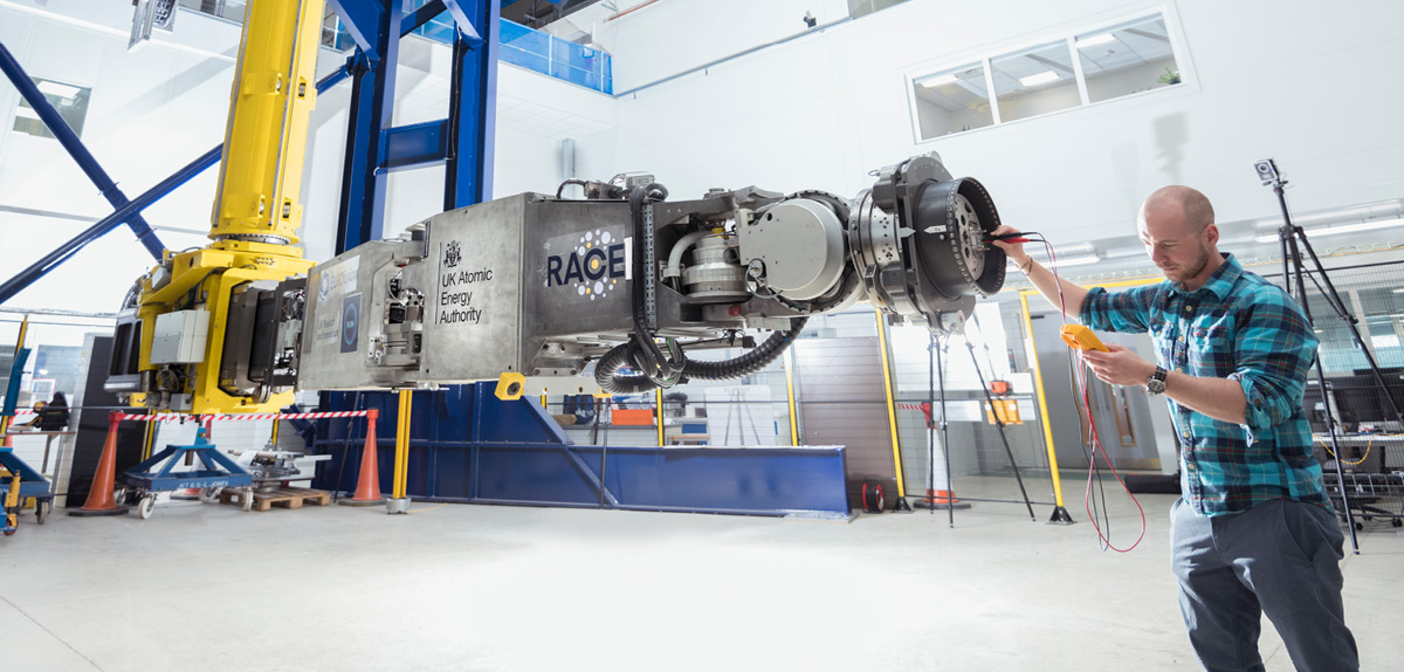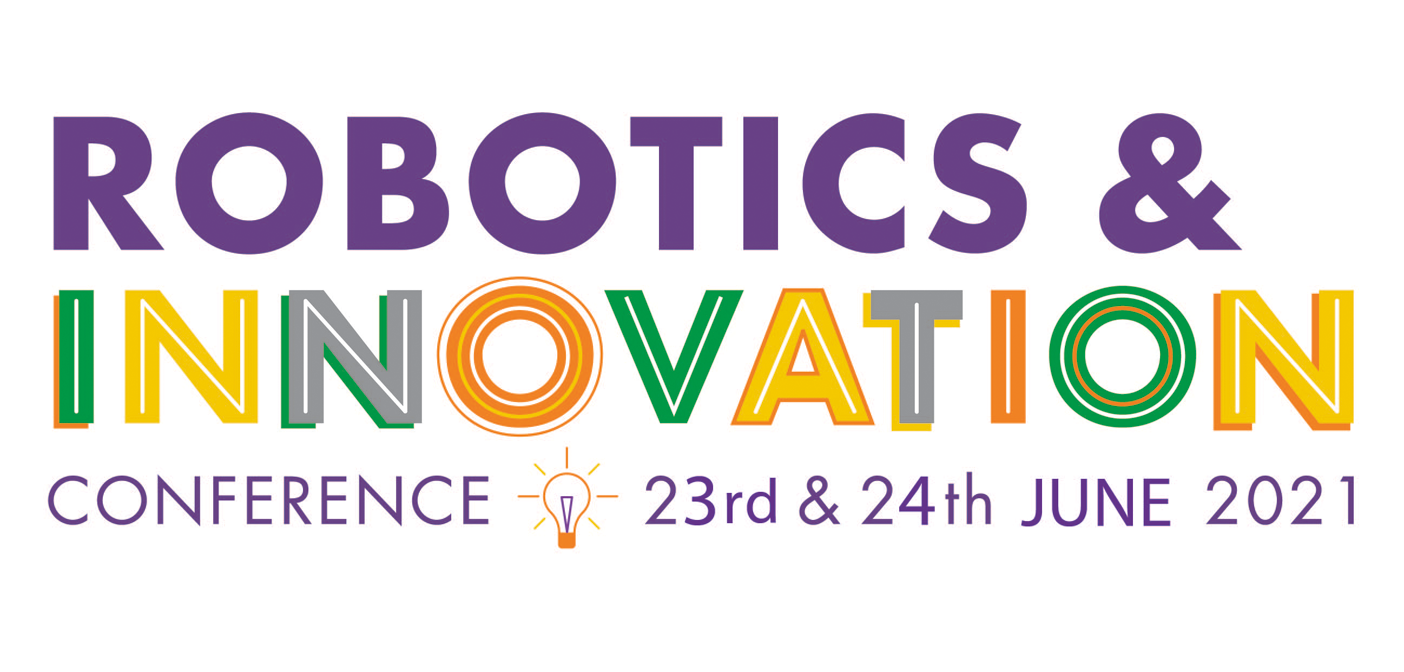Britain and Japan have signed a research and technology deployment collaboration to help automate nuclear decommissioning and aspects of fusion energy production.
The alliance will see new robotics and automation techniques applied to both fusion research and to decommissioning nuclear facilities in Japan and the UK.
The £12m robotics project, called LongOps, will support delivery of faster and safer decommissioning at Tokyo Electric Power Company’s (TEPCO) Fukushima Daiichi reactors in Japan and at Sellafield in the UK, using long-reach robotic arms.
This four-year research collaboration will be funded equally by UK Research and Innovation (UKRI), the UK’s Nuclear Decommissioning Authority (NDA) and Japan’s TEPCO.
Adrian Simper, group strategy and technology director at the NDA, said: “Robotics offers us new ways to tackle our complex work safely, securely and cost-effectively.
“This unique international collaboration allows us to pool expertise and experience from Japan, working together and investing in cutting edge ways to find solutions to our shared problems and benefit our clean-up mission.”
The collaboration between the three entities will see the UK Atomic Energy Authority’s (UKAEA) Remote Applications in Challenging Environments (RACE) facility lead the project, design strategy and deliver new robotic capabilities with global potential.

It is also expected to result in direct benefits, such as employment opportunities, advances to ‘fusion-adjacent’ technologies, upskilling of the UK and Japanese scientific and engineering capabilities.
Another major feature of the LongOps programme will be the deployment of digital-twin technologies. These virtual models will pair the virtual and physical worlds for highly detailed analysis of data, and the forecasting of potential maintenance and operational issues.
According to UKAEA, digital-twin technologies will play an essential part in the decommissioning of legacy nuclear facilities and fusion facilities efficiently and with no risk to human health. Furthermore, the software created will allow RACE to show how such machines are controlled in real-time during remote operations.
Developments from LongOps will also be applied to the upgrading, maintenance and dismantling of fusion devices, such as the Joint European Torus, once their lifespans have ended.
Fusion is a form of low-carbon energy whereby the power of the sun is replicated on earth with minimal impact to the environment, long-term reliability and weather independence.
In Japan, robotics and remote-control technologies will be used for fuel debris retrieval at the Fukushima Daiichi nuclear site, building on TEPCO’s decontamination and decommissioning, which was carried out initially on an emergency response basis.
LongOps forms part of over £450m investment by the UK government into robotics and autonomous systems (RAS) projects since 2014.
You can see Sellafield’s chief technology officer Duncan Steel speak about the use of robotics for safe nuclear decommissioning live at this summer’s Robotics & Innovation Conference! Click here to find out more!








